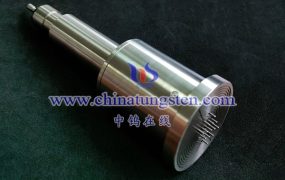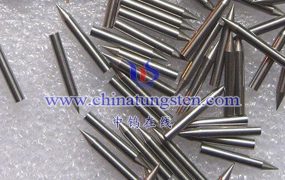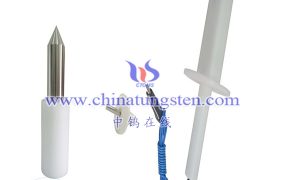Photovoltaic tungsten-rhenium probes can be divided into different types according to different classification methods. The following are several common classification methods:
- Classification according to structural form:
Photovoltaic tungsten-rhenium probes can be divided into needle probes and chip probes. The needle probe is a more traditional form with a relatively simple structure, mainly consisting of a probe needle and a probe rod. The chip probe is a more advanced structural form with a more compact structure, mainly consisting of a probe head, a probe rod and a connecting piece. Chip probes can provide larger current capacity and are suitable for testing high-power photovoltaic panels.
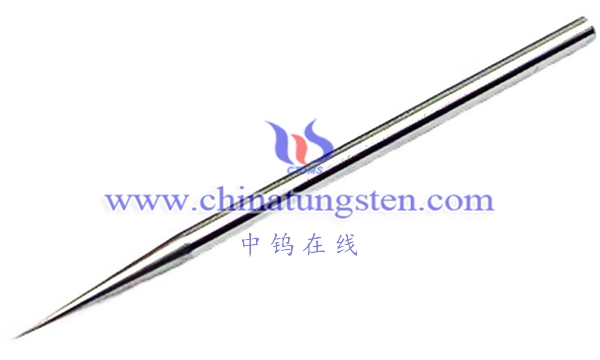
- Classification according to function:
Photovoltaic tungsten-rhenium probes can be divided into voltage probes and current probes. The voltage probe is mainly used to measure the voltage of photovoltaic panels, and the current probe is mainly used to measure the current of photovoltaic panels. At the same time, some high-end test equipment can also measure voltage and current at the same time, and record and analyze the data.
- Classification according to materials:
Photovoltaic tungsten-rhenium probes can be divided into tungsten steel probes and copper probes. Tungsten steel probes have the characteristics of high strength and hardness and are suitable for high-load working environments. Copper probes have better electrical conductivity and lower cost, and are suitable for general testing needs.
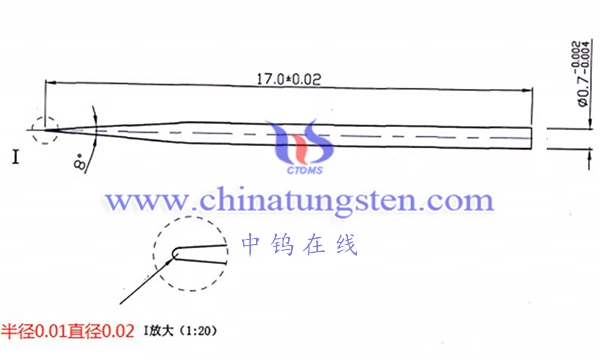
- Classification according to test method:
Photovoltaic tungsten-rhenium probes can be divided into two testing methods: contact and non-contact. Contact testing refers to testing where the probe is in direct contact with the photovoltaic panel, while non-contact testing is testing through electromagnetic induction and other methods. Non-contact testing can avoid mechanical stress on photovoltaic panels and is suitable for testing some fragile or small panels.
- Classification according to the degree of automation:
Photovoltaic tungsten-rhenium probes can be divided into manual probes and automatic probes. Manual probes require manual operation for testing, while automatic probes can be tested automatically through robots or other automated equipment. Automatic testing can improve testing efficiency and accuracy and is suitable for large-scale production and inspection.
More details of tungsten probes, please visit website: http://tungsten.com.cn/tungsten-needles-and-pins.html
Please contact CHINATUNGSTEN for inquiry and order of tungsten needles:
Email: sales@chinatungsten.com
Tel.: +86 592 5129595

